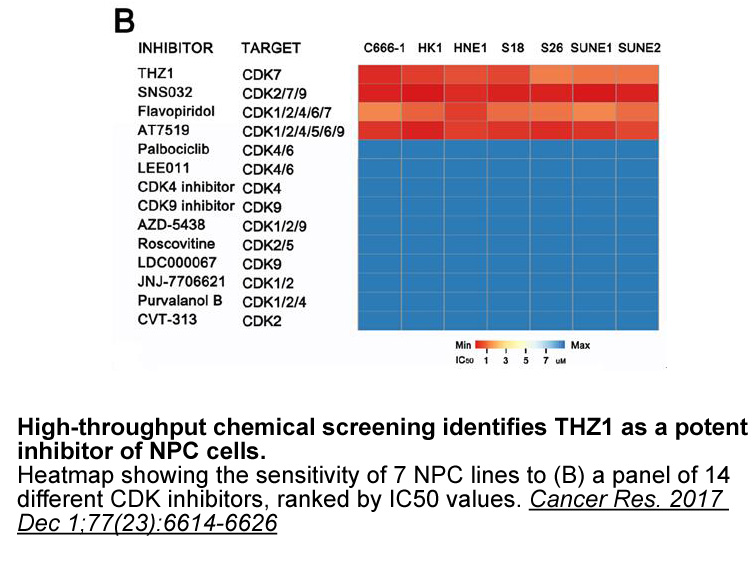Archives
The mitochondrial protein AIF was
The mitochondrial protein AIF was the first caspase-independent death effector. AIF can induce caspase-independent chromatin condensation and large-scale DNA fragmentation to approximately 50 KB. AIF that is released to cytoplasm can mediate apoptosis when special extracellular signals trigger the opening of mitochondrial membrane permeability transition pores. Moreover, AIF is a double-edged sword. It can participate in mitochondrial oxidative phosphorylation and the respiratory chain to maintain cell survival, proliferation, and mitochondrial integrity, as well as be released from the mitochondria and further initiate nuclear fragmentation (Norberg, Orrenius & Zhivotovsky, 2010). It progresses in its participation in the mitochondria in the mechanism of apoptosis, whereas the mechanism of the mitochondrial pathway of apoptosis is extremely complicated. After bleeding, skeletal muscle dormin become deprived of nutrients and oxygen and rapidly undergo the apoptosis program. Oxygen deprivation-induced apoptosis is possibly dependent on the intrinsic mitochondrial pathway (Huang et al., 2016). Unfortunately, limited information is available on the AIF release pathways during the postmortem aging of bovine muscle.
No consensus currently exists on the AIF-mediated apoptosis and how it exerts this effect. Two arguments exist in the research on AIF pathway. The first hypothesis involves AIF-mediated caspase-independent pathway; the second hypothesis is that before releasing AIF, caspase must be initially activated, that is, the caspase-dependent pathway. Yu, Meng, Wang & Yang (2002) suggested that the pro-apoptotic activity of AIF protein is fully independent and can function without caspase-3 activation. Daugas et al., 2000, Daugas et al., 2000 demonstrated that AIF protein injected into the cytoplasm could make mitochondrial trans-membrane potential disappear and agglutinate the chromosome, thereby leading to apoptosis. However, other studies reported that AIF can trigger the release of cytochrome c from isolated mitochondria in vitro. In several paradigms of cell death induction, AIF is released from the mitochondria before cytochrome c. Therefore, AIF is related to the cytochrome c-dependent caspase activation cascade (Cande, Cecconi, Dessen & Kroemer, 2002). However, whether mitochondria-released AIF-mediated apoptosis is related to the caspase pathway during postmortem aging of bovine muscle is unclear. Moreover, AIF is located in the gap between the inner and outer membranes of mitochondria and can be released from the mitochondria in the induction of apoptosis signs to the cytosol and cell nucleus, thereby leading to cell apoptosis. Then, whether internal factors influence the release of AIF and exertion of biological function remains unknown. Therefore, the objectives of the current study are to investigate whether the mitochondria release AIF mediated caspase-dependent or caspase-independent apoptosis pathway and factors that affect the release of AIF in bovine longissimus muscle during postmortem aging.
Materials and methods
Results
Discussion
The study on mitochondrial pathway-mediated caspase system has become a focus recently because it is closely related to postmortem aging. Although previous studies have investigated the cytochrome c-mediated caspase-dependent mitochondrial pathway during postmortem aging (Petrosillo, Rug giero, Pistolese & Paradies, 2001), the apoptotic pathway of the bovine muscles is difficult to elucidate because the mechanism of the mitochondrial pathway of apoptosis is extremely complicated. The mitochondrial protein AIF-mediated caspase-dependent apoptosis process during postmortem aging of bovine muscle. Moreover, increased mitochondrial swelling, cellular reactive oxygen species content and Ca2+ concentration, as well as activated calpain I and cathepsins, are necessary for AIF release in postmortem bovine muscle.
giero, Pistolese & Paradies, 2001), the apoptotic pathway of the bovine muscles is difficult to elucidate because the mechanism of the mitochondrial pathway of apoptosis is extremely complicated. The mitochondrial protein AIF-mediated caspase-dependent apoptosis process during postmortem aging of bovine muscle. Moreover, increased mitochondrial swelling, cellular reactive oxygen species content and Ca2+ concentration, as well as activated calpain I and cathepsins, are necessary for AIF release in postmortem bovine muscle.